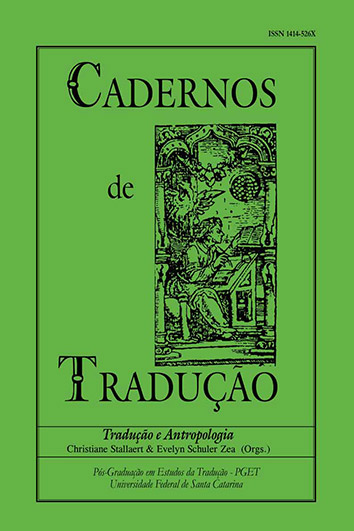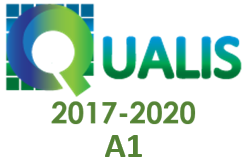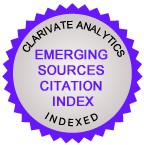The double-blind of anthropology: a brief reflection on the statute of description
DOI:
https://doi.org/10.5007/2175-7968.2012v2n30p83Abstract
The objective of this work is to explore the discussions begun in the Vienna Circle with what was called the “linguistic turn” toward anthropological work. The study opens into two levels of inquiry about the place of translation, which can be summarized in two questions: based on the categories available in anthropology, how can ‘the other’ be described? Put differently, although the ‘other’ has a language, we need our own language to say anything about it - i.e., the process of description is itself already a translation process. The second level refers to the nature of the dialogue between anthropologists from different ethnographic contexts - i.e., how to translate between anthropologies that which is already a result, on the initial level, of translation into anthropology. In other words, following a general idea present in the work of Nelson Goodman (that the world is created in the description and that each new description creates a new version of the world), what are the norms of anthropological description? Is it a way to create versions of the world? Furthermore, if the people that anthropologists study create their own versions of the world in describing them to us, how is translation carried out between the other’s versions and our versions? Following Marilyn Strathern, what others can do represents the limit of a certain language - theirs; what we can do is what represents the limit of a different language – ours. And between them, according to W. O. Quine, lies only the indeterminacy of translationDownloads
Published
How to Cite
Issue
Section
License
Copyright Notice
Authors hold the copyright and grant the journal the right for their articles' first publication, being their works simultaneously licensed under the Creative Commons Attribution License (CC BY), which allows the sharing of such works with its authorship acknowledged and its initial publication in this journal.
Authors are allowed to enter into separate additional contractual arrangements for the non-exclusive distribution of the journal's published version of the work (e.g., post it to an institutional repository or as a book chapter, with an acknowledgment of its initial publication in this journal).






















































